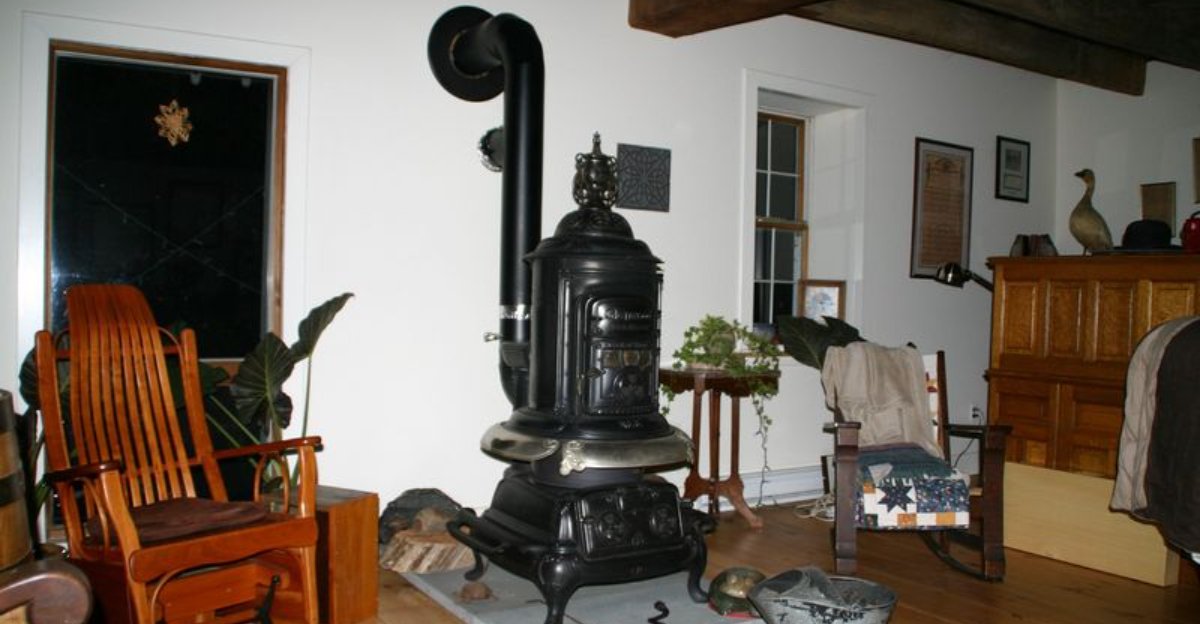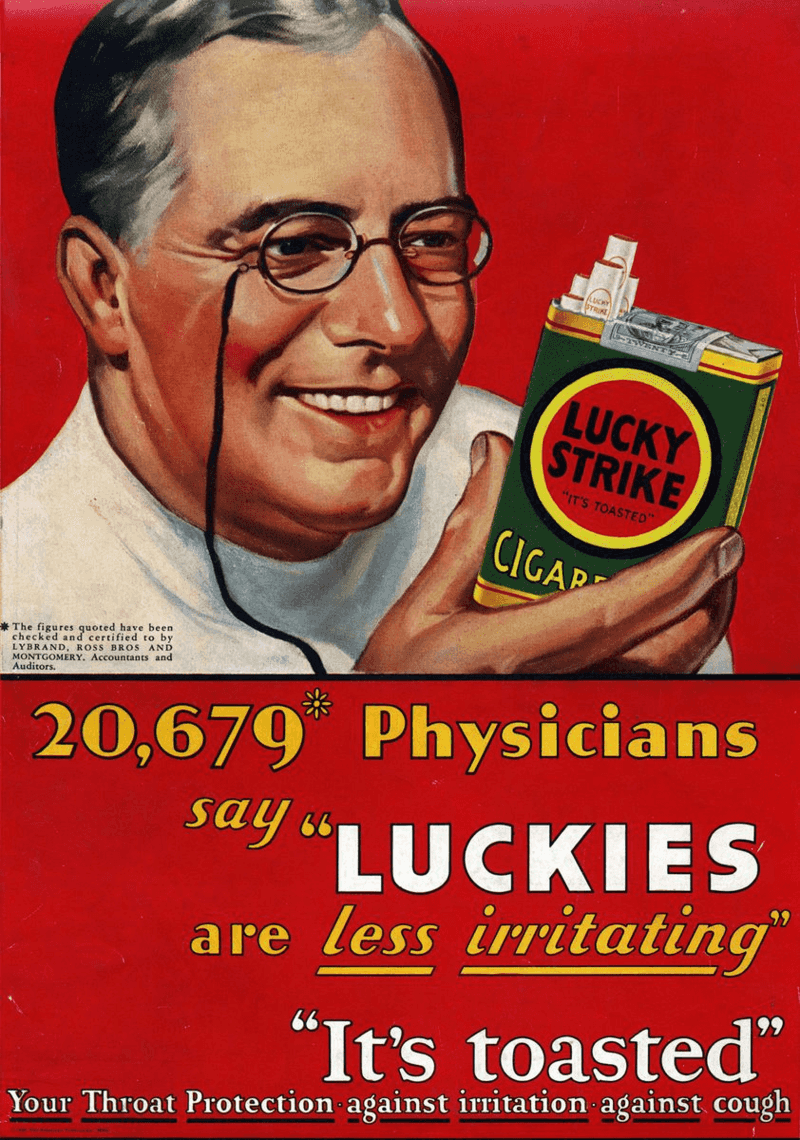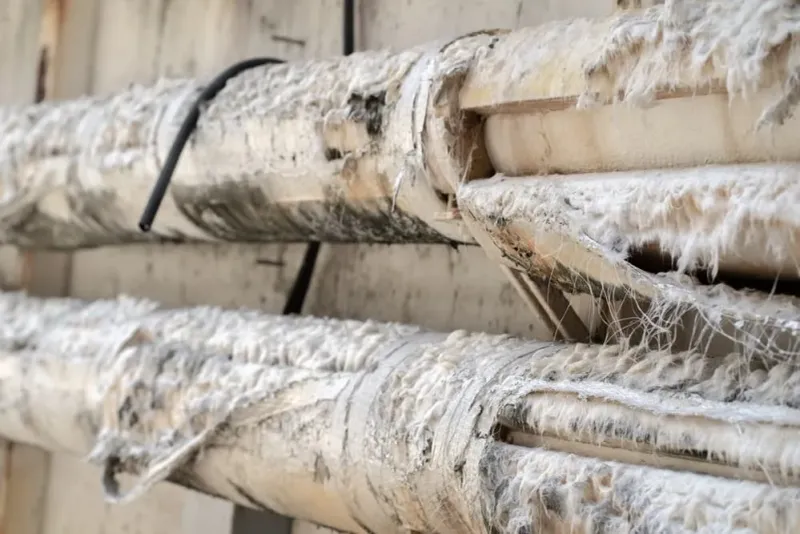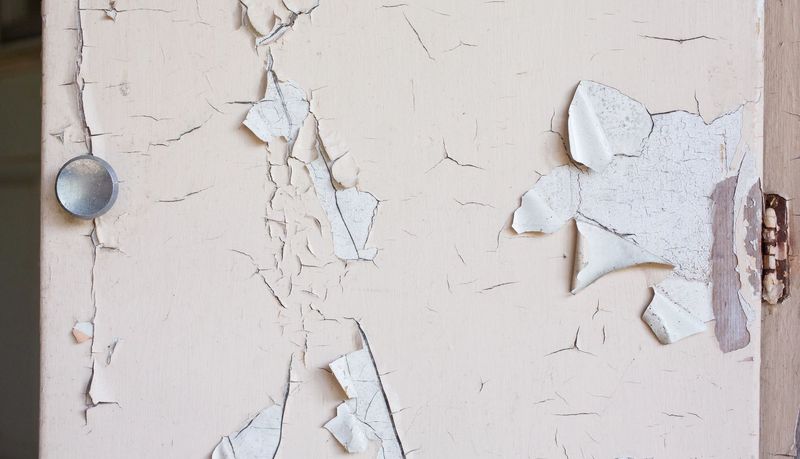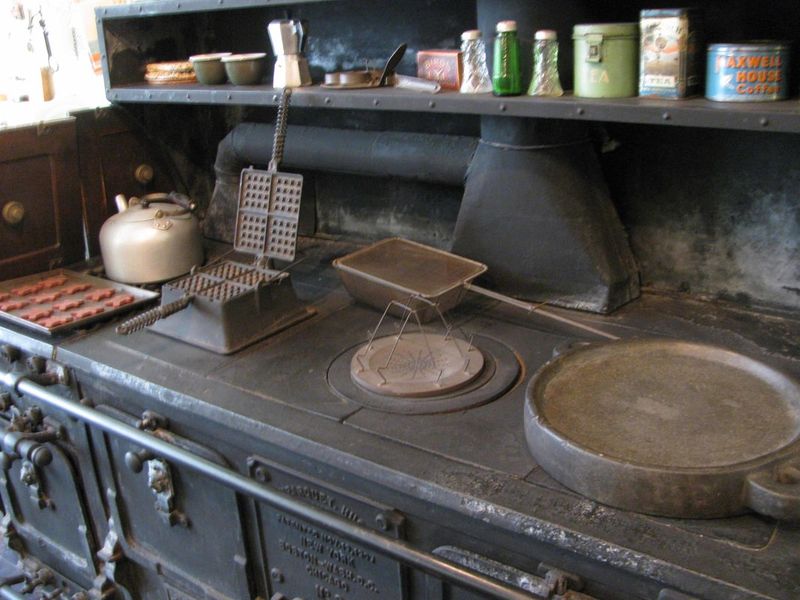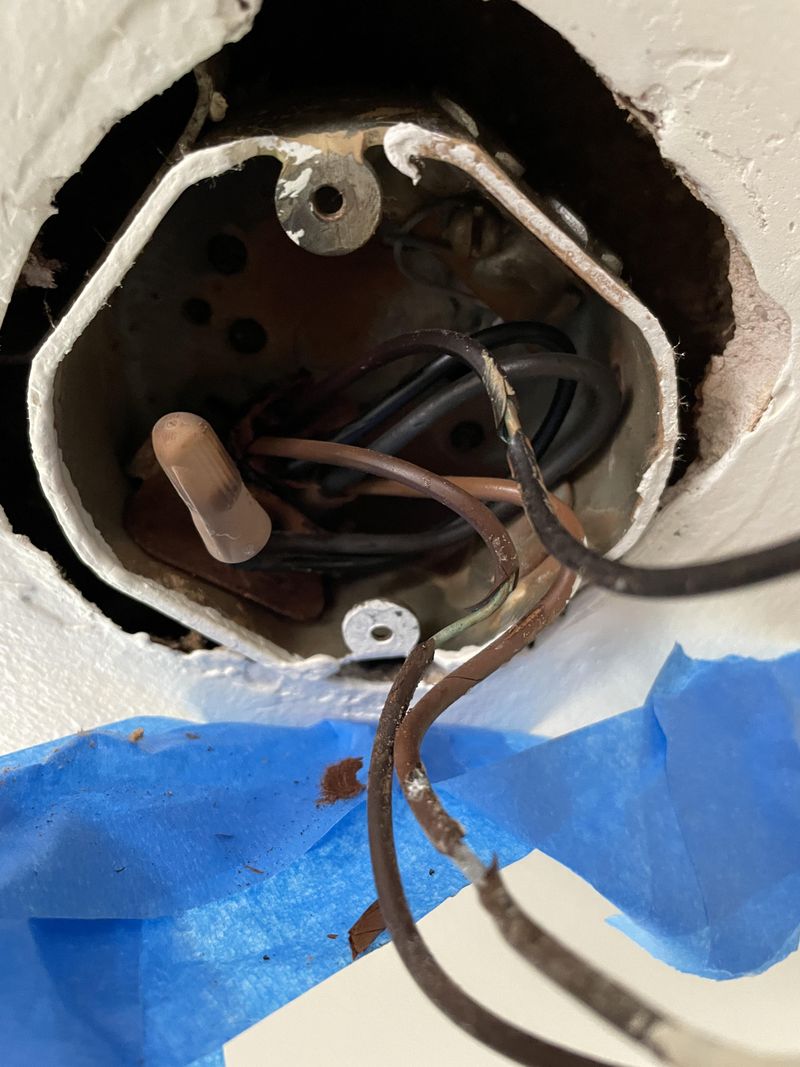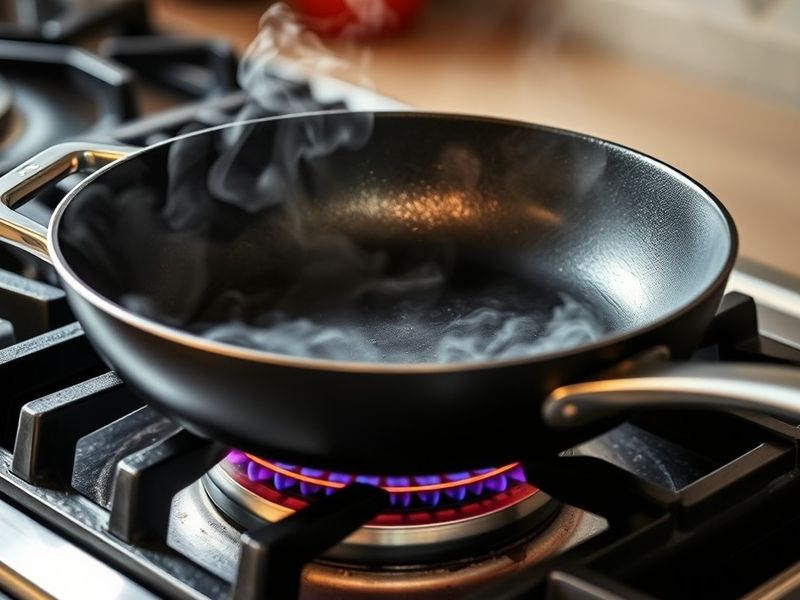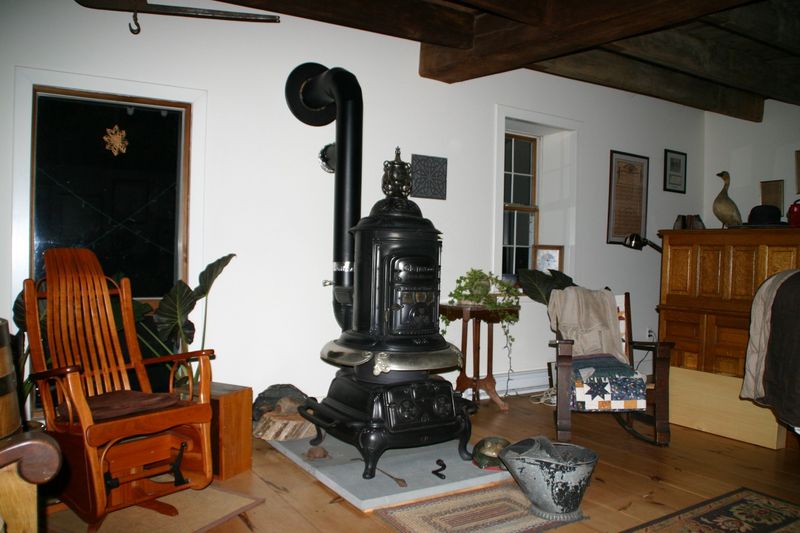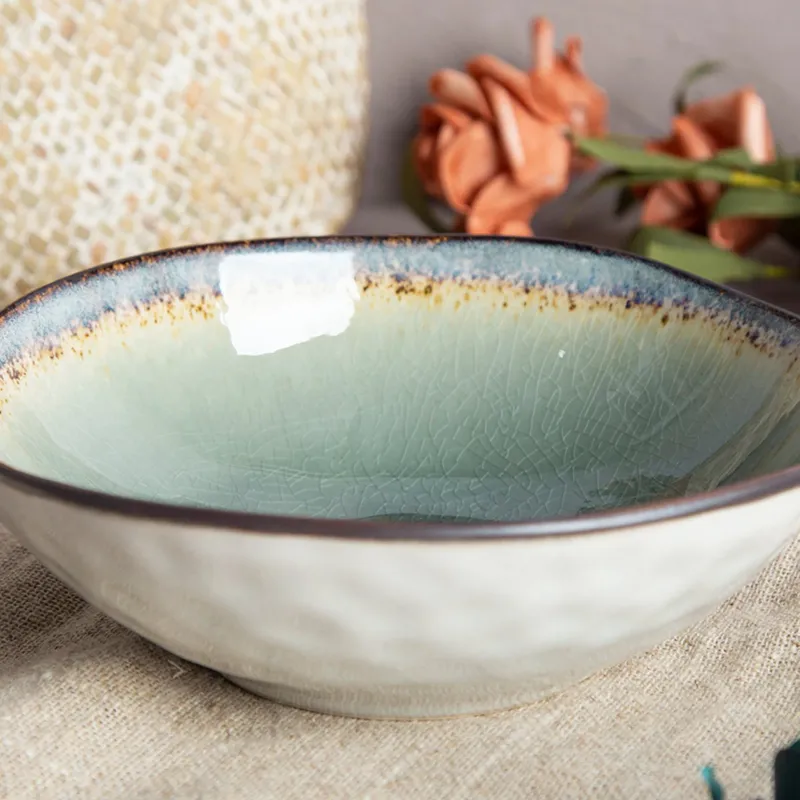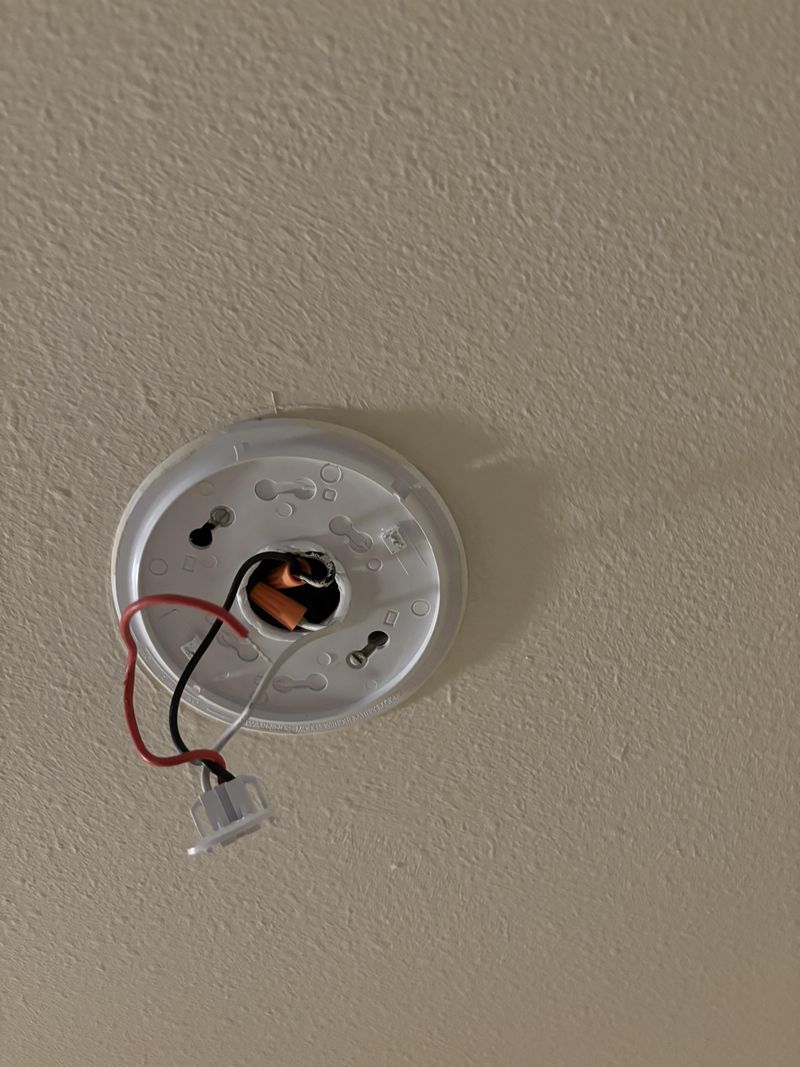Discover the hidden dangers lurking in your home with this eye-opening list of the 12 deadliest things ever invented for domestic use.
From the subtle threat of asbestos to the silent dangers of early electrical wiring, each item on this list has a history of causing harm.
With engaging anecdotes and vivid imagery, we explore how these seemingly harmless household innovations became notorious for their lethal legacies.
Learn about the risks and what measures you can take to make your home a safer place for you and your loved ones.
1. Cigarettes (Mass-Produced)
Picture this: a 1950s living room where the air is thick with a swirling haze of smoke. The invention of machine-rolled cigarettes made tobacco accessible to millions, leading to a deadly addiction.
Smoking became a staple of everyday life, leaving behind a trail of smoking-related deaths. Despite being branded as a social habit, the health implications were catastrophic.
Over the decades, cigarettes have claimed millions of lives, causing cancers, heart diseases, and respiratory issues.
Today, the battle against smoking continues, but the legacy of these deadly sticks still lingers in many homes.
2. Asbestos-Infused Insulation
Imagine an attic shrouded in dust, hiding a silent enemy in its walls. Asbestos, once praised for its fireproof marvels, found its way into homes as insulation. While it protected against fire, it introduced a more insidious threat—mesothelioma.
This respiratory menace crept silently, claiming lives decades after exposure. The invisible fibers, when inhaled, wreak havoc on respiratory systems.
Today, we know better, but countless homes still harbor this lethal legacy, reminding us of the wisdom learned too late and the importance of safe removal.
3. Lead-Based Paint
Envision a quaint nursery painted with vibrant colors. Yet beneath these hues lurked the danger of lead. Lead-based paints were once a popular choice for their durability and vibrant finish.
However, they posed a grave risk, especially to children whose curious hands often touched peeling walls. Ingesting lead paint chips led to developmental issues and poisoning.
As awareness grew, lead paints were banned, but older homes still bear this toxic threat, urging caution and remediation to protect young ones from this hidden hazard.
4. Mercury Thermometers
Visualize the clear glass of a thermometer shattered on a cold tile floor. Mercury thermometers, once common, posed a risk when broken. The tiny silver beads of liquid mercury were a fascination but toxic when inhaled or absorbed.
Mercury exposure can lead to serious health issues, including neurological damage. While safer alternatives now exist, the allure of these sleek devices led many to overlook their danger.
Modern households have traded these for digital versions, but the legacy of mercury lingers in memories of accidental spills.
5. Radium-Painted Items
Step into a dimly lit room where a clock glows eerily green. Radium paint, once used for its luminous beauty, adorned household items like clocks and watches.
The glow, however, came at a high price. Users and manufacturers suffered from radiation poisoning, unaware of the deadly consequences. Bones and teeth weakened, leading to painful deaths.
The haunting glow of radium is now a symbol of early 20th-century ignorance and the price paid for a luminous allure without understanding the grave risks involved.
6. Early Gas Stoves and Ovens
Imagine a 1920s kitchen where the aroma of a home-cooked meal is tinged with danger. Early gas stoves and ovens, marvels of modern convenience, sometimes leaked gas unnoticed.
Without proper ventilation, these devices became silent threats, causing carbon monoxide poisoning. The risk of explosion was ever-present, turning culinary delights into potential disasters.
While technology has improved, awareness of proper ventilation and maintenance remains essential to prevent these hidden dangers from resurfacing in modern homes.
7. Unsafe Electrical Wiring in Early Appliances
Picture a dimly lit room where an old appliance hums ominously. Early home electronics often came with primitive wiring that turned sparks into fires. Frayed wires were common, posing a constant risk of electrocution or fire.
Families lived in fear of potential disasters lurking in their everyday devices. The innovation brought comfort but also hidden perils.
Today, we benefit from safer designs and regulations, but vintage appliances still carry the ghost of past dangers, reminding us to handle them with care and respect.
8. Non-Stick Cookware (Teflon Coatings)
Imagine the hiss of a hot pan, a whisper of smoke curling upward. Teflon-coated cookware brought ease to kitchens, promising non-stick convenience. Overheating, though, released fumes toxic to humans and pets alike.
While advertised as safe, the risks of improper use became apparent. Pets, especially birds, were particularly vulnerable to Teflon poisoning.
Understanding the importance of proper cooking temperatures and ventilation can mitigate the risks, turning this slick kitchen companion into a safe, helpful tool rather than a hidden hazard.
9. Indoor Coal-Burning Stoves
Step into a 19th-century living room warmed by a coal-burning stove. These stoves, though cozy, produced more than just warmth—they emitted harmful smoke and pollutants.
Respiratory illnesses were common, and families unknowingly inhaled toxic air daily. The convenience of indoor heating came at a respiratory cost, often leading to chronic health problems.
Although modern heating systems have replaced coal stoves, the lessons learned continue to influence our understanding of indoor air quality and its importance.
10. Toxic Ceramic Glazes
Imagine a table set with colorful ceramic plates, their intricate glazes hiding a toxic secret. Early ceramic glazes often contained heavy metals like lead, which could leach into food.
This posed a long-term health risk, exposing families to metal poisoning with each meal. The vibrant beauty of these dishes masked their potential for harm.
Today, awareness of food-safe materials guides our choices, but antique collectors must remain cautious of the charming yet hazardous allure of old ceramics.
11. Formaldehyde-Emitting Composite Wood Products
Picture a newly furnished room, the fresh scent of wood masking a hidden danger. Composite wood products, common in furniture, often emit formaldehyde, a known carcinogen.
The allure of affordable, stylish furnishings belies the risks of indoor air pollution. Prolonged exposure can lead to respiratory issues and other health concerns.
Understanding the importance of proper ventilation and choosing low-emitting materials can help mitigate these risks, ensuring that style does not come at the expense of safety.
12. Flawed Early Safety Devices
Envision an old hallway where a vintage fire alarm hangs silently. Some early safety devices, designed to protect, were themselves flawed. Poorly designed child restraints and fire alarms often failed when needed most.
These devices, meant to offer peace of mind, sometimes contributed to accidents and fatalities. The trust placed in them was sometimes misplaced, leading to dire consequences.
Modern advancements have vastly improved safety standards, yet these reminders from the past teach us the importance of ongoing innovation and vigilance.
